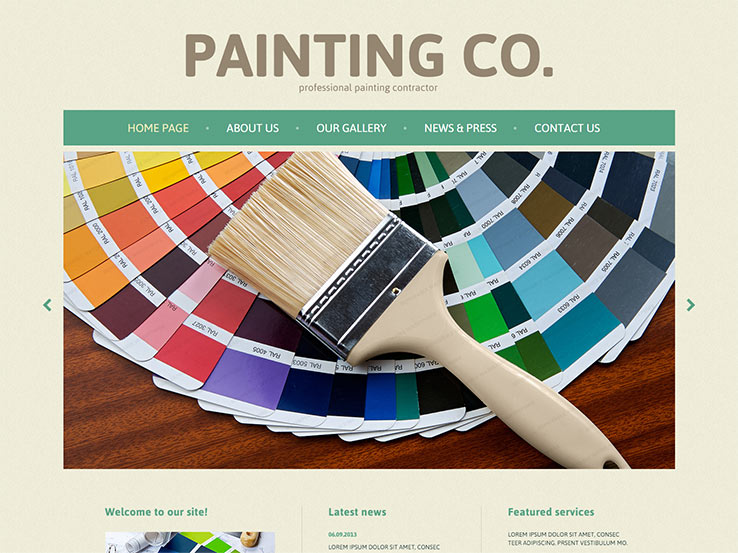Comprehending Seasonal Influences On Commercial Exterior Painting: Important Knowledge For Success
Comprehending Seasonal Influences On Commercial Exterior Painting: Important Knowledge For Success
Blog Article
Developed By- link web site
When you're planning an industrial outside paint task, seasonal variables can make or break your outcomes. You'll wish to consider exactly how temperature level and humidity effect paint application and drying times. Picking the appropriate period can ensure your paint sticks appropriately and lasts much longer. Yet which seasons are absolutely the best for this sort of job? Allow's explore the crucial elements that can affect your project's success.
The Effect of Temperature on Paint Application
When you're preparing an industrial external painting job, the temperature level can considerably affect just how well the paint adheres and dries.
Ideally, you intend to paint when temperatures range between 50 ° F and 85 ° F. If it's as well cool, the paint might not treat appropriately, resulting in issues like peeling off or splitting.
On the flip side, if it's also warm, the paint can dry out too rapidly, preventing correct attachment and leading to an unequal coating.
You need to additionally think about the time of day; morning or late afternoon offers cooler temperatures, which can be a lot more favorable.
Always check the producer's suggestions for the details paint you're using, as they typically offer assistance on the ideal temperature range for ideal outcomes.
Humidity and Its Effect on Drying Times
Temperature level isn't the only environmental aspect that affects your business exterior paint project; humidity plays a considerable role also. High moisture degrees can decrease drying out times dramatically, affecting the total high quality of your paint job.
When the air is filled with dampness, the paint takes longer to treat, which can cause problems like bad attachment and a greater risk of mold growth. If you're painting on an especially damp day, be prepared for extended wait times in between coats.
It's critical to keep an eye on neighborhood weather and strategy accordingly. Preferably, aim for humidity degrees in between 40% and 70% for optimum drying.
Keeping https://www.nerdwallet.com/article/small-business/how-to-start-a-painting-business consider mind guarantees your project remains on track and provides a lasting finish.
Best Seasons for Commercial Exterior Painting Projects
What's the most effective season for your business outside paint jobs?
Spring and very early loss are normally your best choices. During these seasons, temperature levels are moderate, and humidity levels are usually reduced, developing ideal problems for paint application and drying.
Stay clear of summer's intense heat, which can create paint to completely dry too quickly, bring about inadequate attachment and finish. In a similar way, winter months's chilly temperature levels can impede proper drying out and curing, running the risk of the durability of your paint work.
Aim for days with temperature levels in between 50 ° F and 85 ° F for optimum results. Bear in mind to examine the neighborhood weather report for rain, as wet problems can ruin your project.
Preparation around these elements ensures your painting project runs efficiently and lasts longer.
Conclusion
In conclusion, planning your industrial external painting jobs around seasonal factors to consider can make a significant difference in the outcome. By organizing work throughout the optimal temperature levels and humidity degrees, you'll guarantee better attachment and drying out times. Remember to keep an eye on regional weather forecasts and select the correct time of year-- spring and very early autumn are your best choices. Taking these actions will certainly aid you accomplish a resilient and expert coating that lasts.
